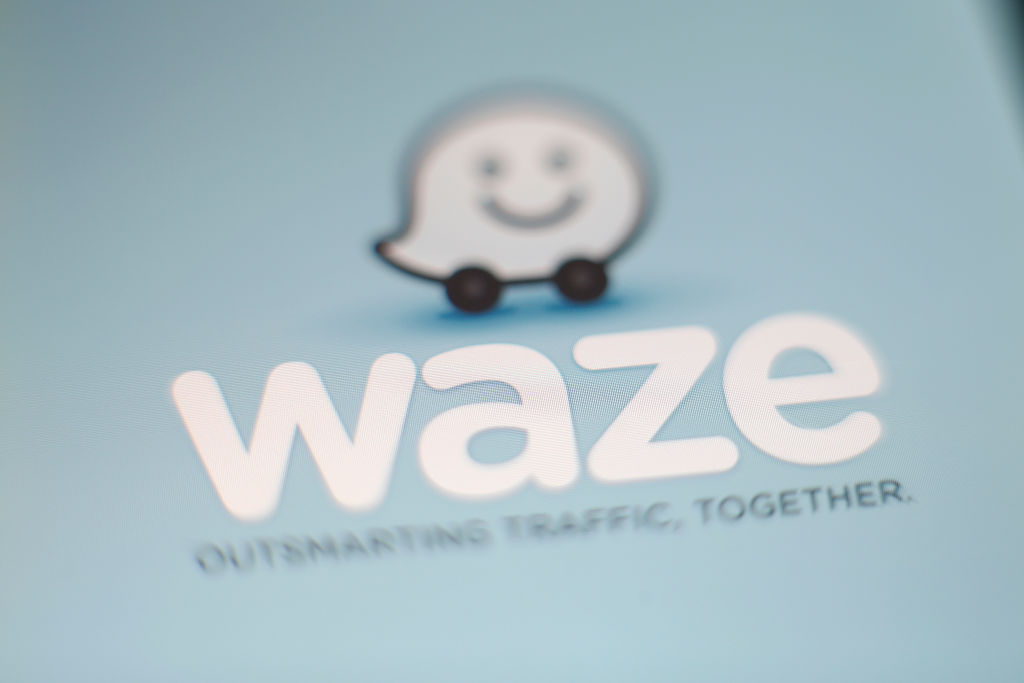Waze has been sending its partner cities a fire hose of data for the past four years through its free Connected Citizens Program. And while that aggregated and anonymized data holds critical information about traffic patterns, road hazards, potholes, accidents and even road kill, the burden is on cities to make sense of it.
Now, an expanded partnership between Waze and mapping and analytics platform Esri is giving cities a decoder ring of sorts that turns that mountain of crowdsourced data into useable information without having to write code or purchase additional software.
The two companies announced Tuesday that Waze’s live alert data will now be available in Esri’s ArcGIS Marketplace free for members of the Waze Connected Citizens Program. The program launched in October 2014 as a two-way exchange of traffic and road condition data. Waze delivered the data to participating cities and towns, and in return the company received information that would be important for its users. For instance, a city might provide Waze with information about an upcoming event like a marathon or festival or real-time road closures during a professional sporting activity.
But the data delivered to cities required technical expertise or additional software to turn it into actionable information. This expanded partnership with Esri means Waze’s live feed of mapped traffic alerts and other information, such as accidents, congestion and street damage, can be used in applications in minutes.
More than 700 cities globally are part of the Connected Citizens Program. And it’s adding a new city every day, Adam Fried, Waze’s global partnerships manager, told TechCrunch.
Waze has always provided live alert data to its partner cities. But that data comes in a raw format that cities then had to analyze and visualize on a map.
Waze found that many of these cities were already using Esri software. Now these cities can in essentially one click inside of Esri’s platform get access to Waze data and start analyzing it and visualizing it immediately. That’s a huge leap forward for cities, some of which took months to sift through Waze’s live alert data, Fried said.






























Comment